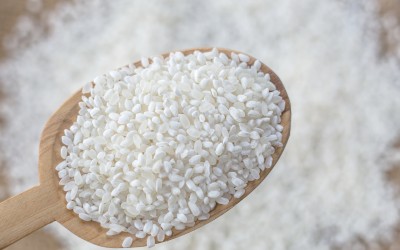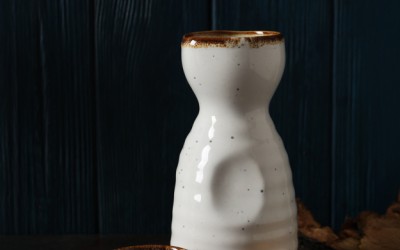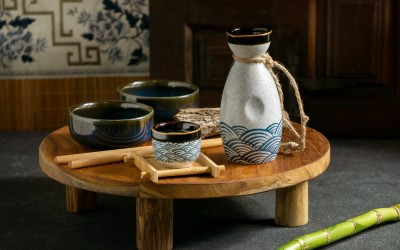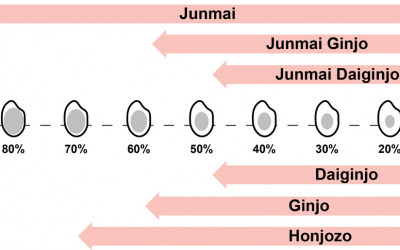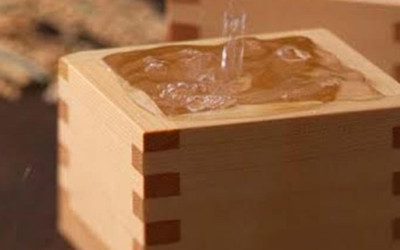Blog RSS Feed
4
59893
That sounds fantastic! Here's an announcement for the Sake Festival Malaysia 2024:Get Ready for the Sake Festival Malaysia 2024!After a three-year hiatus, the Sake Festival Malaysia is back, and it’s ..
1498
45904
Each step in the sake-brewing process is critical to sake production, but rice polishing in particular garners a lot of attention due to its influence on sake categorization like Junmai, Junmai Ginjo,..
55
42137
GinjoGinjo is brewed with rice grains that are polished down to at least 60% of their original size, and when you add the word “junmai,” it means it was made without distilled alcohol. Fermenting the ..
0
15168
Toji
Head brewer and head of staff
Jizake
Local sake made by microbreweries
Junmai
Pure rice sake made from rice, koji, yeast and water, with no added brewer’s alcohol.
Daiginjo
The most expe..
0
13852
Premium Japanese sake is governed by a strict classification
system covering grades of sake. One of the core philosophies behind this
is the degree of milling – the more of the ..
0
17554
The basic vessels for sake are the tokkuri (decanter or carafe) and the
choko (cup). These can be made from a variety of materials including
ceramics, glass, tin, wood and lacquerware. Each material..
0
14547
How to enjoy sake:
Sake is often best served chilled especially ginjo and daiginjo.For aromatic sake, we would recommend wine to capture more of the aromas than standard sake drinkware.Sake shoul..
Showing 1 to 7 of 7 (1 Pages)


